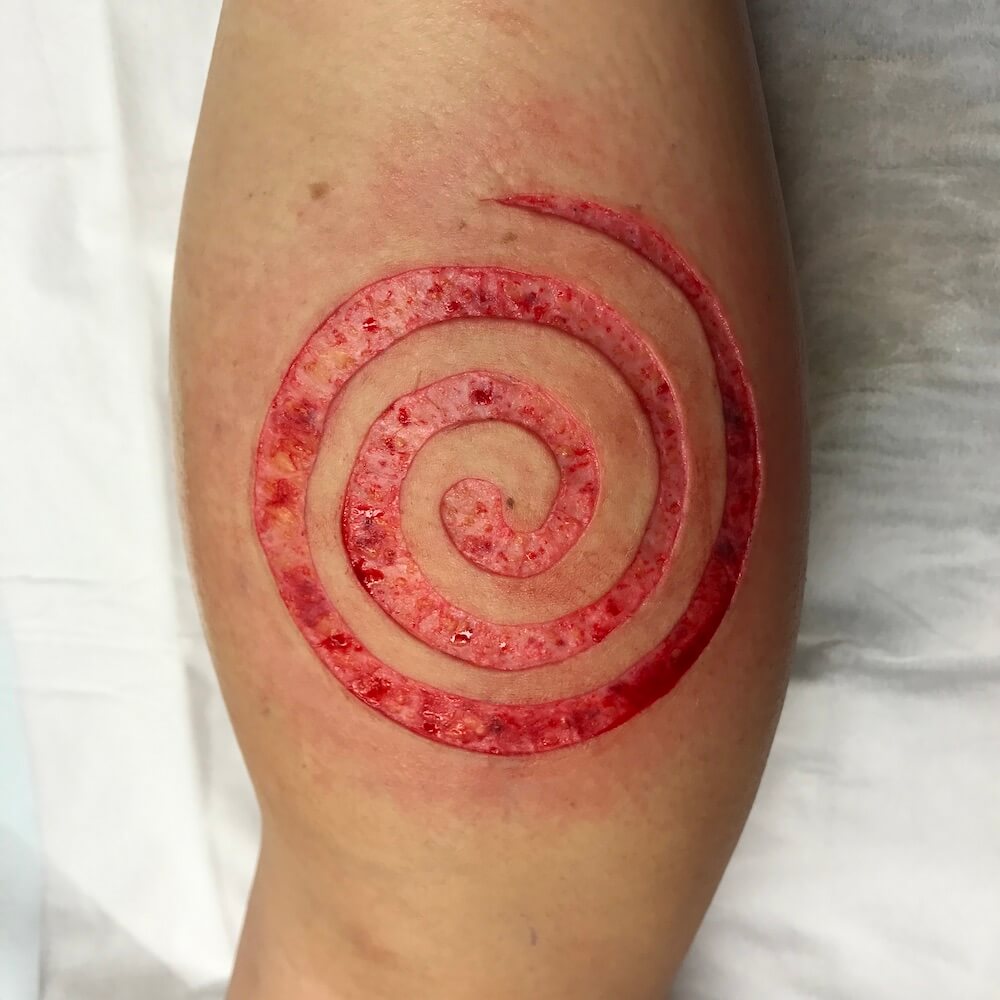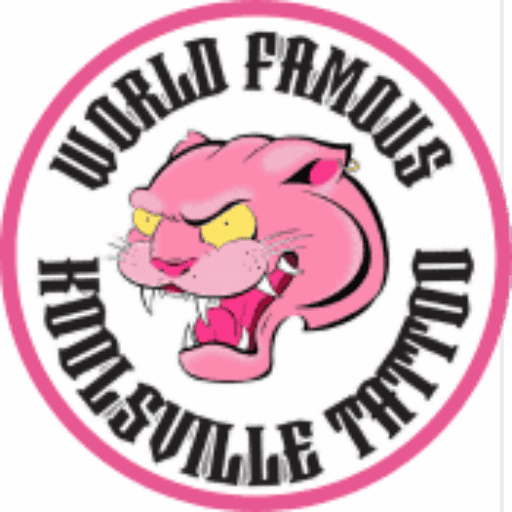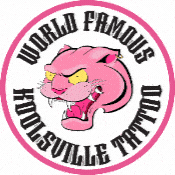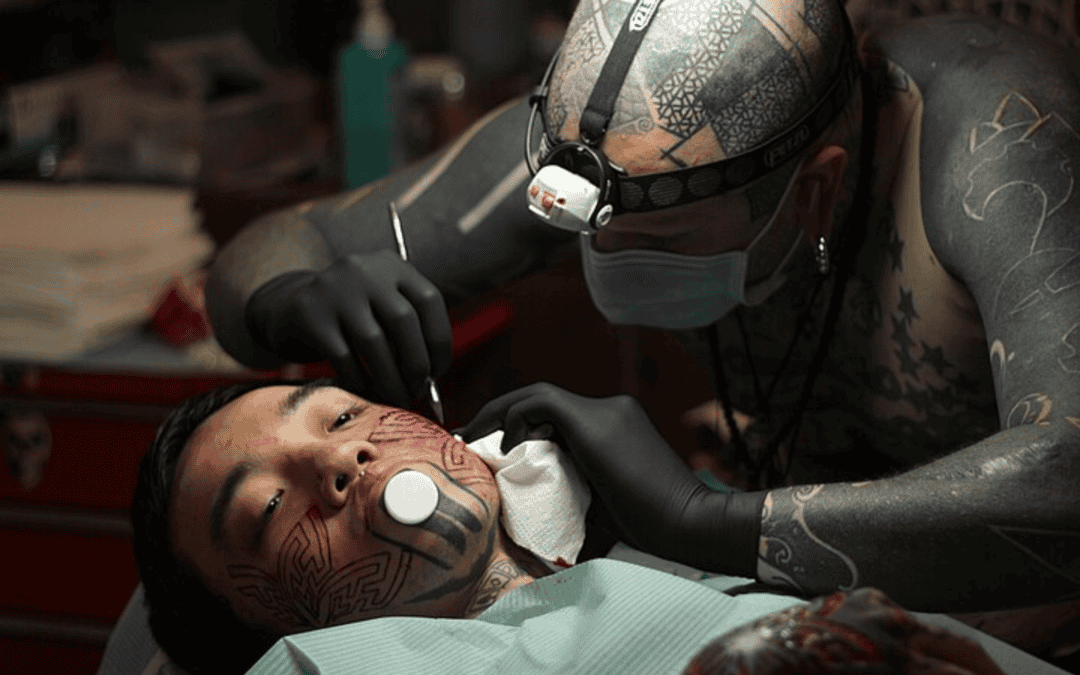Body modification has been a part of human culture for thousands of years, and it is used as a form of self-expression, cultural identity, and personal transformation. While tattoos and piercings remain the most popular forms of body art, the world of body modification is much broader and more diverse than many people realize. Today, individuals are exploring alternative body modification techniques that push the boundaries of personal aesthetics, including scarification, implants, and even more extreme practices like tongue splitting. In this blog, we’ll delve into some of these lesser-known body modification techniques and the cultural and personal motivations behind them.
1. Scarification: Art Through Scarring
Scarification is the process of intentionally creating designs on the skin by cutting, scratching, or branding. As the skin heals, it forms scar tissue in specific patterns, creating a raised, textured design. Various indigenous societies have cultural roots in scarification, where they used it as a rite of passage or to mark significant life events.
How Scarification Is Done:
- Cutting: The skin is cut or scratched in intricate designs to create raised scars.
- Branding: Hot metal is applied to the skin, burning the design into the body, leaving a permanent scar once healed.
Why People Choose Scarification:
- Cultural Significance: In some cultures, scarification has deep historical and spiritual meanings.
- Alternative Aesthetic: Some people prefer scarification as a form of body art because of its unique texture and appearance, different from ink tattoos.
2. Subdermal and Transdermal Implants

To create shapes or protrusions, subdermal and transdermal implants place objects beneath or partially above the skin. These modifications can give the appearance of ridges, horns, or other three-dimensional designs under the skin.
Types of Implants:
- Subdermal Implants: Objects (usually silicone) are placed entirely beneath the skin to create raised shapes.
- Transdermal Implants: Part of the object is placed under the skin, while a portion is exposed, creating the appearance of jewelry embedded in the body.
Why People Choose Implants:
- Body Sculpting: Implants allow for body sculpting beyond the natural form, enabling people to create shapes and designs that wouldn’t be possible otherwise.
- Individual Expression: These extreme modifications are often chosen by individuals looking to make a bold statement and achieve a highly personalized look.
3. Tongue Splitting
Tongue splitting involves surgically dividing the tongue down the middle to create a “forked” or “snake-like” appearance. This modification has become increasingly popular among those seeking more extreme transformations.
The Process:
The tongue is split surgically or through cauterization, and the two sides are allowed to heal, resulting in a forked tongue. Some individuals can even learn to move each side independently, adding to the visual effect.
Why People Choose Tongue Splitting:
- Unique Aesthetic: Tongue splitting creates a striking and highly unusual appearance that appeals to those who enjoy standing out.
- Sensory Changes: Some individuals report that tongue splitting enhances certain sensations or adds to their personal body experience.
4. Suspension and Hooking
Suspension involves hanging the body from hooks pierced through the skin, creating a physical and emotional experience that can be both intense and transformative. This practice is often done in controlled environments with safety precautions.
The Practice of Suspension:
- Hooks and Ropes: Temporary piercings are made in the skin through which hooks are placed. The individual is then suspended from the hooks, sometimes for spiritual or meditative purposes.
- Temporary and Safe: Unlike permanent body modifications, suspension is temporary, but the experience often has a lasting emotional and mental impact.
Why People Choose Suspension:
- Spiritual and Emotional Release: For some, suspension is a form of ritual or spiritual experience that allows for a deeper connection to the body and mind.
- Pushing Boundaries: Individuals often suspend to test the limits of physical endurance and explore new dimensions of personal experience.
5. Teeth Sharpening and Other Dental Modifications
Throughout history, various cultures have practiced teeth sharpening and other dental modifications. Today, these modifications can range from filing teeth into points to adorning them with jewels or caps.
Common Dental Modifications:
- Teeth Sharpening: Filing teeth into pointed shapes to achieve a tribal or animalistic look.
- Tooth Jewels or Grills: Decorative dental caps or jewelry attached to the teeth for a custom, embellished appearance.
Why People Choose Dental Modifications:
- Cultural or Tribal Significance: Teeth sharpening has deep roots in many cultures, where it was used to signify status or beauty.
- Aesthetic Appeal: Some people choose dental modifications to complement their overall look and enhance their body modification journey.
6. Branding and Body Etching

Branding, like scarification, involves burning the skin to create a permanent design. Body etching refers to removing layers of skin, similar to tattooing, but using an etching technique to create a design.
Methods of Branding:
- Strike Branding: Pressing hot metal to the skin to create a burn.
- Cautery Branding: Using electrical currents to burn designs into the skin.
Why People Choose Branding:
- Long-Lasting Design: Branding creates a permanent, raised scar with a unique texture that sets it apart from tattoos.
- Personal Transformation: Some people undergo branding as part of a personal or cultural ritual, marking significant life changes.
Body Modification as Personal and Cultural Expression
Body modification goes far beyond the realms of tattoos and piercings, offering a wide array of creative and transformative practices. Whether through scarification, implants, tongue splitting, or more extreme forms like suspension and branding, individuals are using body modification as a way to express themselves, challenge societal norms, and transform their bodies into personal works of art. While these modifications may not be for everyone, they highlight the incredible diversity of human expression and the lengths people will go to shape their identities.




